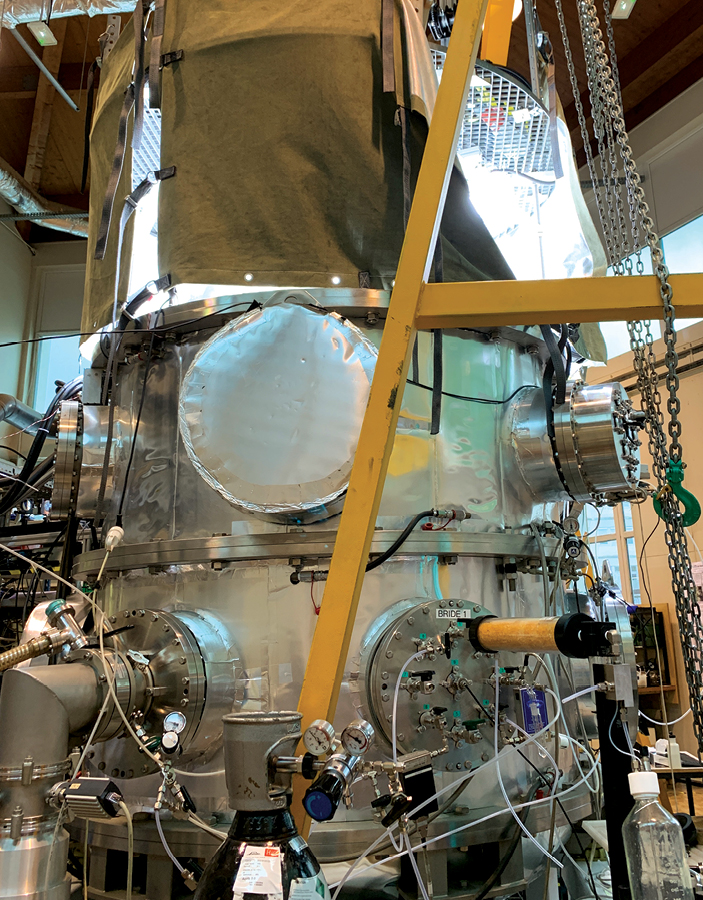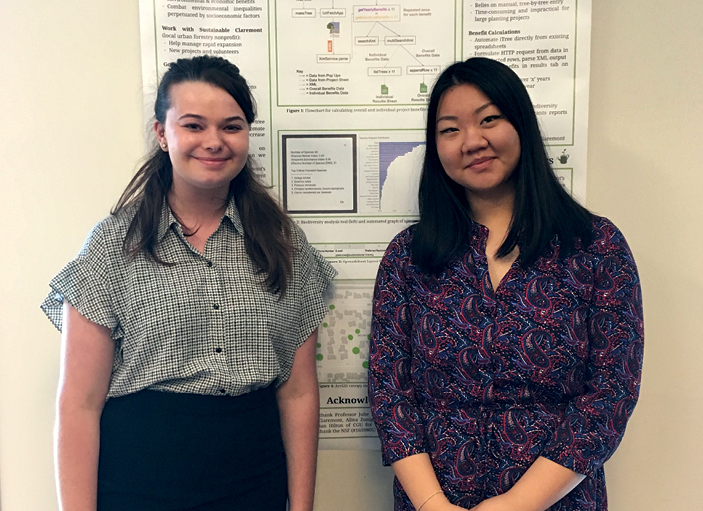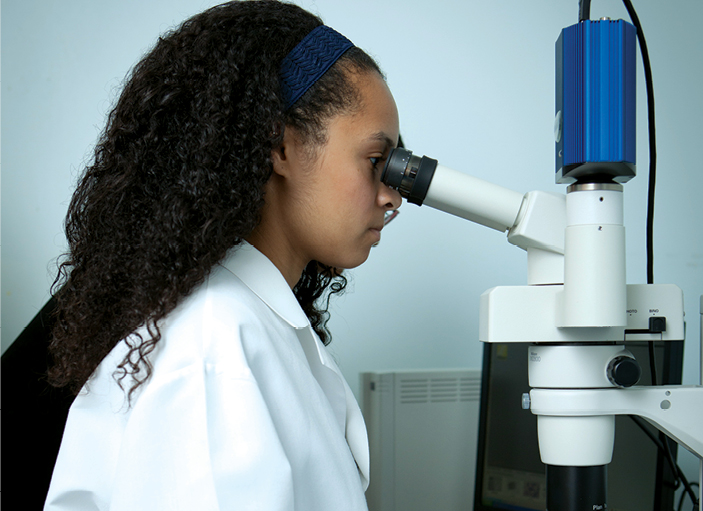Research
Summer Studies
As spring semester ends and the weather heats up, the academic year gives way to summertime, and approximately 200 students and 40 faculty members dive into the College’s Summer Undergraduate Research Program: 10 weeks of full-time research across every academic department. This summer, students studied X-ray properties of magnetic materials, worked on improving robot-human interaction, sought to understand ant colony behavior, analyzed texting behavior and much more. Here are some of the projects.
1. Net-Zero Feasibility for Village South Specific Plan

Advisor: Richard Haskell, physics
Students: Katharine Larsen ’21, Meena Venkatraman ’20, Ingrid Tsang ’22
In 2017, residential and commercial sectors consumed 39% of all energy in the U.S., while only 12.7% of energy was produced from renewable sources. Since buildings use most of the energy in the residential and commercial sectors, some structures are designed to achieve net-zero-energy (NZE). NZE projects use renewable energy to meet or exceed building energy demand. The City of Claremont plans to develop a 17-acre parcel of land called Village South as an NZE development. In order to determine if this is feasible, researchers used publicly available data to determine possible levels of energy consumption and production for the development if photovoltaic panels are installed. By examining completed NZE developments, Larsen learned about design tactics used to achieve NZE as well as energy use and consumption. In their plan, researchers made the case for NZE by estimating construction and energy costs and efficiency goals.
2. Biogeography of Alcyoniid Soft Corals Across the Indo-Pacific

Advisor: Cathy McFadden, biology
Students: Sabra Dunakey ’22, Theo Wismar ’22, Rafael Porto ’22 Focused on corals from the South China Sea, Reunion Island (in the Indian Ocean) and Okinawa, Japan, this research is part of a larger project to compare the biodiversity of soft corals at locations throughout the Indian and Pacific Oceans. Soft corals belonging to the family Alcyoniidae are some of the most diverse and conspicuous members of South China Sea coral reef communities, and they are difficult to identify and distinguish from one another, so scientists have a very poor understanding of the overall diversity, geographical ranges and endemicity of species in the region. Using DNA “barcodes” that discriminate alcyoniid species fairly reliably, researchers have begun to characterize and compare soft coral communities. They extract DNA from preserved specimens, PCR-amplifying and sequencing DNA barcode markers, and run statistical analyses to compare community composition among locations in the South China Sea.
3. Brown Carbon Aerosol Formation by Photo-oxidation of Phenolic Compounds in Nanodroplets

Advisor: Lelia Hawkins, chemistry
Students: Ellie Smith ’22, Linden Conrad-Marut ’21
Students work to understand transformation in atmospheric cloud water using an atmospheric simulation chamber (CESAM) housed at the University of Paris, in Creteil, France. The chamber is unique as it can generate photochemical “smog” and multiple cloud events in the same experiment, essential to conducting research under realistic conditions. Gases and particles are introduced into a chamber, and clouds and/or sunlight can be simulated to understand the role of atmospheric variables in brown carbon formation. Brown products are light-absorbing, organic aerosol particles that have negative effects on climate and human health. Students spent one summer month living in Paris and working at the lab in Creteil, then returned to HMC to work on preparation or data analysis.
4. Green Crew Sustainable Claremont

Advisor: Julie Medero, computer science
Students: Christina Catlett SCR ’22, Vivian Pou ’22 (pictured above), Reymon Pedroza CMC ’22, Alina Zuniga (Upward Bound high school intern)
Sustainable Claremont’s Green Crew plants hundreds of trees every year in environmentally disadvantaged communities. A major challenge is finding ways to make sure that residents understand how important it is to water new trees, even in times of drought. Last year’s team built a set of tools embedded in the Green Crew’s Google Sheets records that make it easier for the Green Crew coordinator to engage with residents who have Green Crew trees on their property and to communicate the benefits of new tree plantings. This year’s team expanded on those tools based on previous feedback, and they’ll make the tools flexible and available to organizations across the state.
5. Computational Biology

Advisor: Yi-Chieh (Jessica) Wu, computer science
Students: Taeyun Lee ’21, Tatsuki Kuze ’22, Julia Qian ’22, Mia Taylor ’22
Evolution is responsible for the immense biological diversity of our planet; however, despite its central role as the most fundamental property of life, the process of evolution remains poorly understood, and current models have typically been unable to span the diversity of scales at which evolution can act. The project goal is to develop computational models and tools to help biologists better understand the relationships between groups of genes and species and thus gain insight into evolution. This work incorporates knowledge from a variety of fields, including algorithms, mathematical modeling and evolutionary biology.